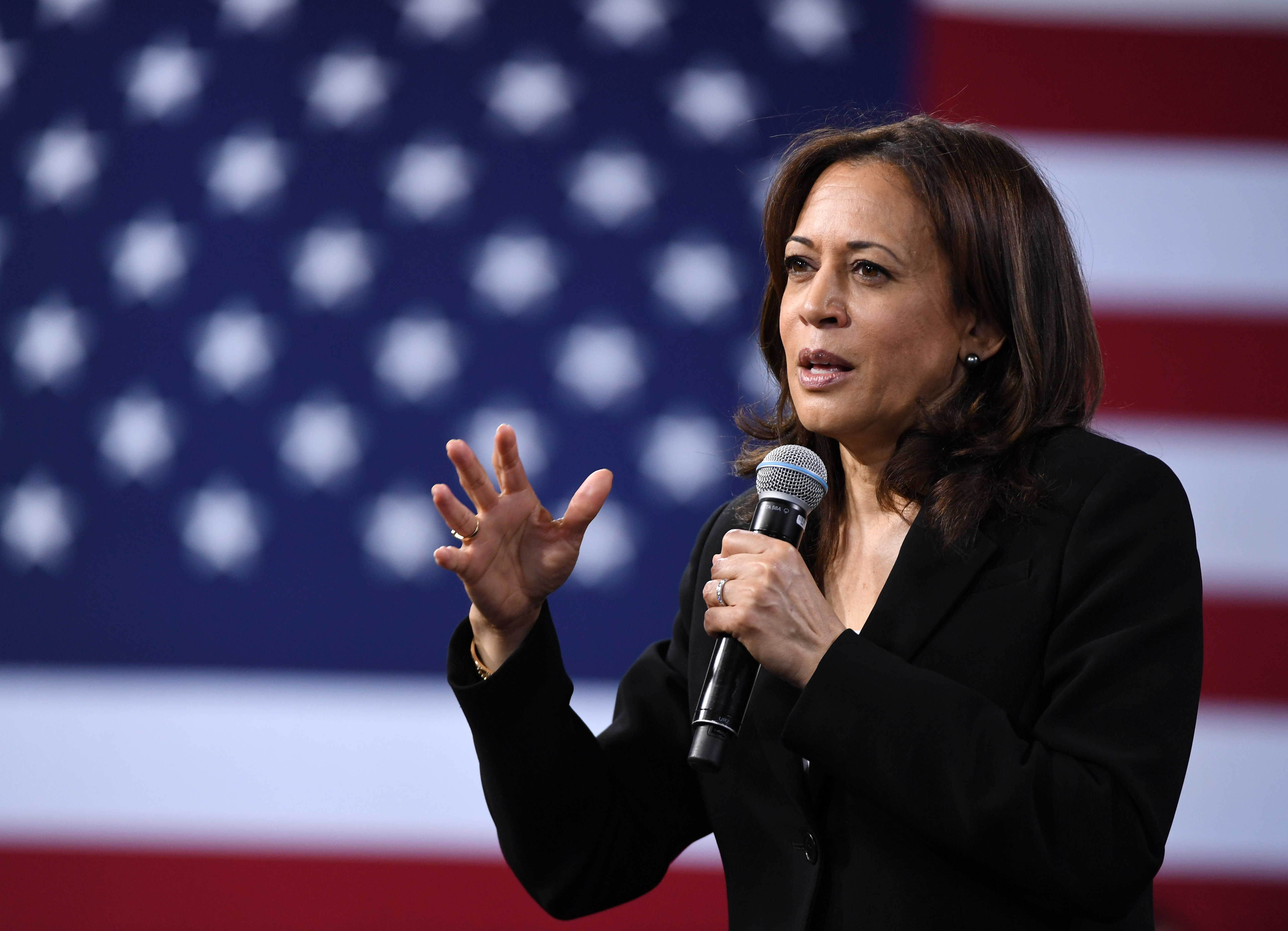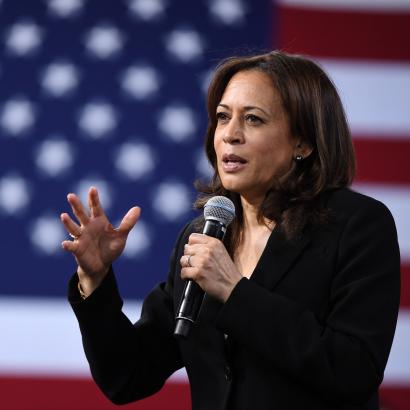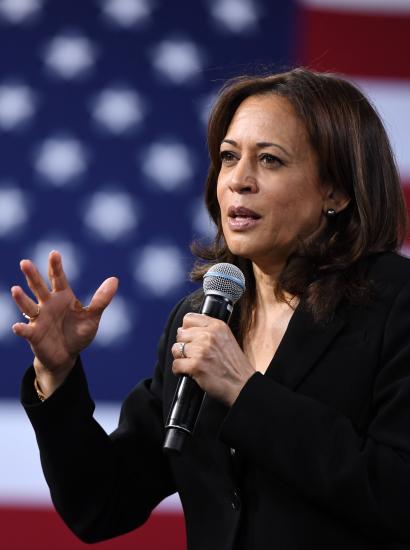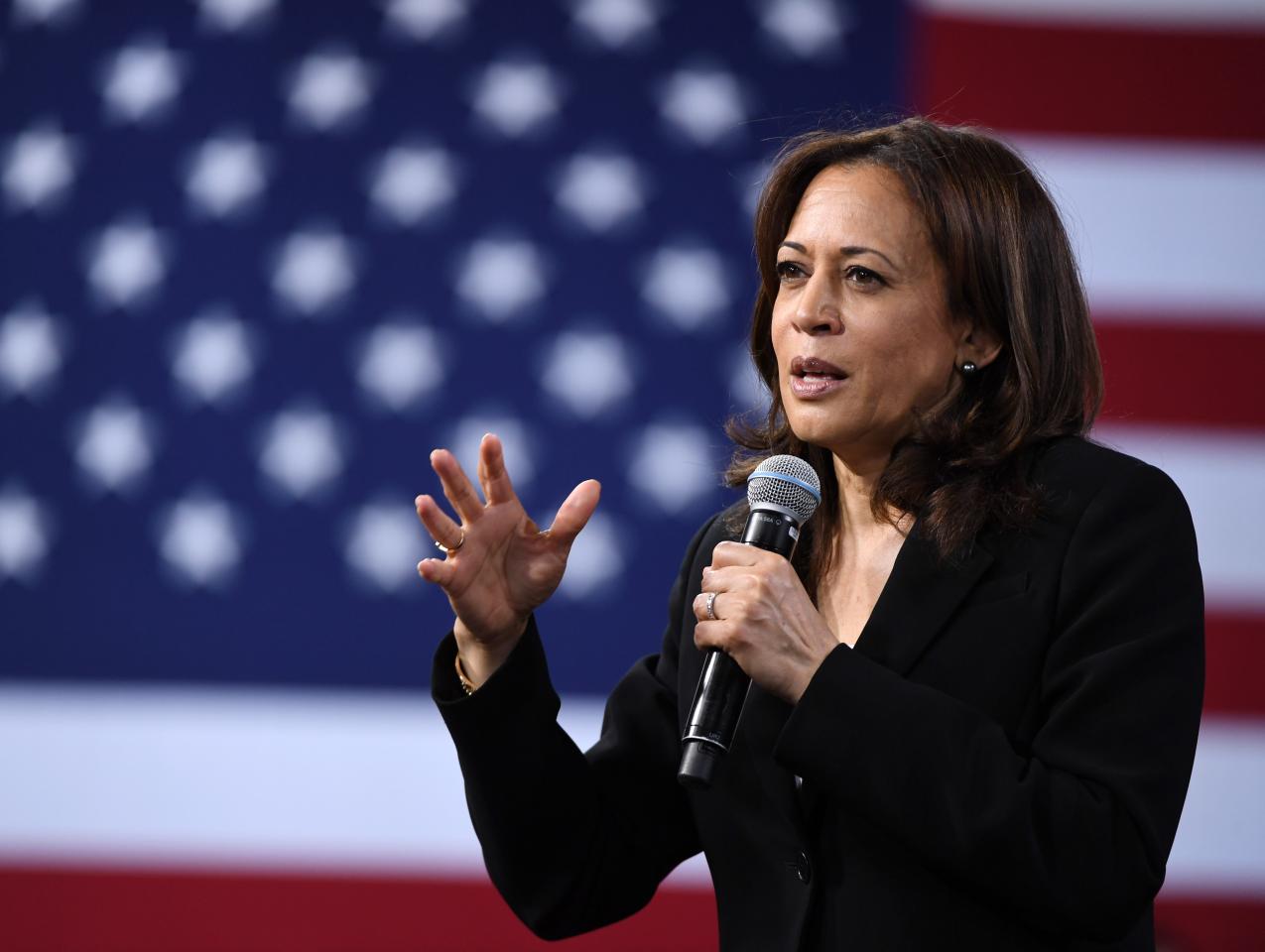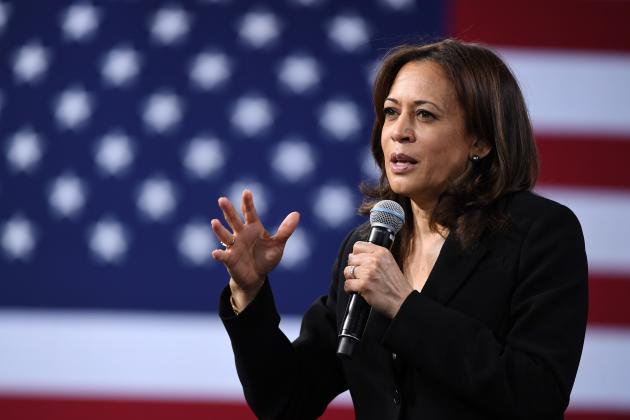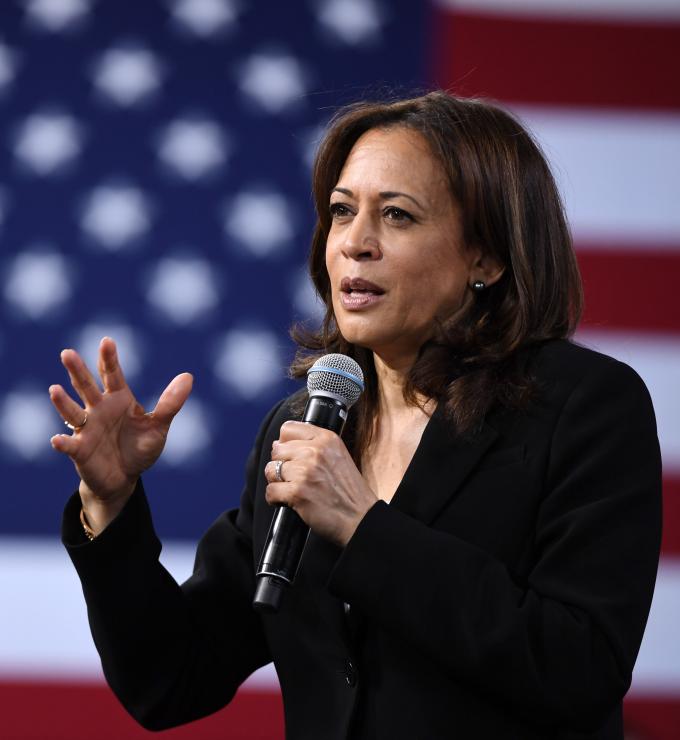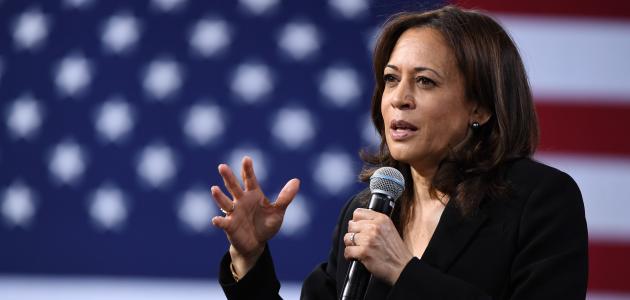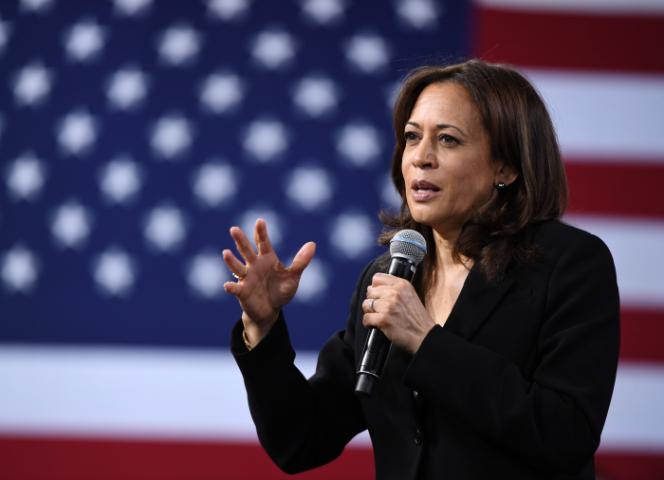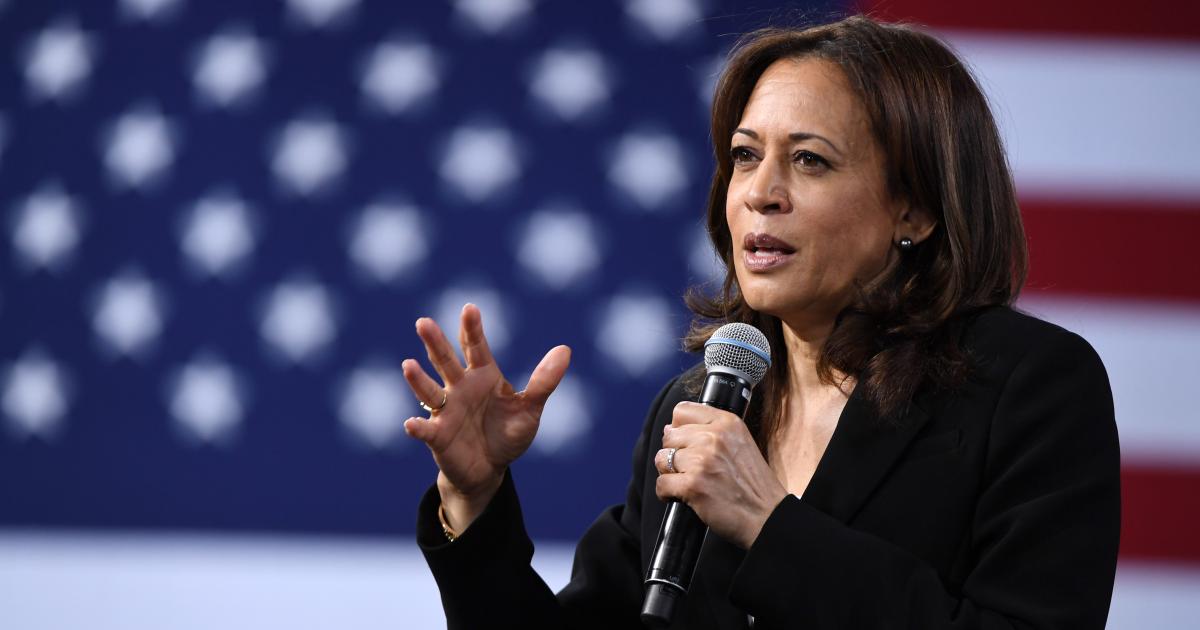- Politics, Institutions, and Public Opinion
- The Presidency
- State & Local
- California
Maybe you haven’t seen the movie Cool Hand Luke, but chances are you’ve heard its most famous line: “What we’ve got here is . . . failure to communicate.”
Those words usually are applied to circumstances not germane to the film (in the movie, it occurs after inmate Paul Newman receives a thrashing from a sadistic prison warden). That includes politics, where the phrase is oft recited when an officeholder seems either off message or surrounded by communications-staff nincompoops.
But this isn’t the case with Vice President Kamala Harris, whose press coverage of late teeters between bad and awful.
Yes, Harris recently lost both her chief spokesperson and communications chief, as well as two other staffers involved in cultivating her persona—an unusual turn of events in that White House senior aides tend not to head to the exits this early in an administration. And it spawned this Washington Post story suggesting that the departures raise troubling questions as to Harris’s ability to manage and maintain a functional operation, much less a future presidential campaign (the term “bully” has been tossed around).
But are Harris’s current woes—“exasperation” and “dysfunction” are two words used to describe life inside the vice president’s shop—attributable to subpar subordinates?
No.
Here are three reasons why Harris finds herself—a year after a historical election in which she became the nation’s first woman of color to hold the second-highest office in the land—the subject of both bad reviews and unpleasant approval numbers.
Blame It on Biden. The defining characteristics of the Harris vice presidency? Going missing from the spotlight for stretches of time and being given no-win assignments by the president’s aides.
Two such examples of political javelin-catching: Harris tasked with shepherding the voting-rights bill through the US Senate, when it never stood a chance of passing; the White House making her the point person on the migration crisis at the southern border.
Harris, like Barack Obama, spent less than one term in the Senate before running for and ultimately earning national office—a majority of that time (again, like Obama) devoted to seeking the presidency, not building relations back in Washington with her Senate colleagues. Biden, as a 36-year veteran of the same chamber and no stranger when it comes to the fine art of political button-holing, should understand that his vice president is not suited to lean on the likes of West Virginia senator Joe Manchin (who may never forgive Harris for doing media appearances in his very red state earlier this year, with the unstated goal of trying to get the centrist Democratic senator to vote for the COVID stimulus plan).
As for the southern border, Harris didn’t help matters by waiting three months before a late June visit to Texas to see the human tragedy firsthand. Still, she’s part of an administration without a coherent border strategy (not to mention an administration that took a very Trumpian turn by reinstating and expanding the previous White House’s “remain in Mexico” policy).
The bottom line: maybe Harris wasn’t cut out to be a “border czar” (a title she doesn’t care for), but what royal edicts did she have to deliver?
Blame the Vice President. There just happens to be a tennis pavilion on the White House’s South Grounds, which makes sense given that part of Harris’s struggles can be explained in a tennis term: unforced errors.
No one advised the vice president, during the course of her November visit to Paris, to stop by a high-end kitchen store and pick up $500 worth of cookware (not the best of timing given the holiday season’s supply-chain crisis and Americans’ food budgets under an inflationary strain). And, as far as we know, she wasn’t instructed to sing “the wheels on the bus,” which she did during an infrastructure event last week in North Carolina. And there’s the matter of the vice presidential laugh—a sound of levity or an annoying cackle, depending on one’s political affiliation.
Individually, Harris’s gaffes and idiosyncrasies aren’t career enders—as ambiguous as grounds for impeachment may be, no one’s going to lose a Senate trial over laughter. But collectively, they add up to a bad analogy: Selina Meyer, the stumblebum heroine in HBO’s Veep (one podcast reads quotes and asks its listeners to decide who said it—the real or fictional vice president).
The point of this: vice presidents historically struggle with questions of stature and independence (George H. W. Bush, a naval aviator in World War II, was branded a “wimp” during the years he served as Ronald Reagan’s vice president). Harris isn’t doing herself any favors by adding comedy to the mix, purposely or not.
Blame . . . California? You read that correctly: the state that sent Harris to Washington in 2017 also plays a role in her sagging fortunes.
Here, a little Golden State history is helpful.
The last elected California senator who failed at re-election was Democrat John Tunney, ousted in 1976 (Tunney holds two distinctions: he was the inspiration for Robert Redford’s great political drama The Candidate; his father, Gene Tunney, was a heavyweight boxing champion).
Actually, there’s a third Tunney distinction: he was one of a string of California senators who occupied the “jinx seat”—called that because the occupant didn’t stay in Washington for more than one term (this would include Tunney, Republican S. I. Hayakawa, Republican George Murphy, Democrat Pierre Salinger, and Democrat Clair Engle, each of whom served for six years or less from 1959 to 1983).
Harris didn’t inherit the “jinx seat” in 2017 (ironically, her “Class III” seat once was held by another California-bred vice president, Richard Nixon). Moreover, Harris began her political ascent at a time when being a Democratic officeholder in California was tantamount to lifetime tenure (Harris first ran for a statewide office in 2010; not since 2006 has a Democratic candidate for statewide office failed in his or her quest).
What I’m suggesting: Harris is the beneficiary of a political jet stream in California (after winning by less than 1 percent in her first run for state attorney general, back in 2010, she coasted to a 15-point re-election victory in 2014, followed two years later by a 23-point win over a fellow Democrat in her Senate run).
Competition keeps a politician sharp—fear of losing one’s seat, even sharper. Harris never faced such fears when she arrived in Washington. Instead of boning up on federal policy and making weekly return trips to the Golden State, she quickly embarked on raising her national profile and laying the groundwork for a presidential run while not paying much attention to her footprint back home (two years into her Senate term, nearly one-third of California voters told pollsters they didn’t know her or had no option of their senator).
In one respect, history repeats itself: in the summer of 2019, Harris surged to the front of the pack of Democratic presidentially hopefuls when she surgically picked apart her future running mate in a candidates’ debate. But in the aftermath of that debate, she couldn’t explain her stance on health care and the bloom was soon off the rose. A few months later, Harris dropped out of the race.
But Harris’s presidential struggles ran deeper than an inability to wax eloquently on Medicare for All. A campaign housed in Baltimore, competing for the senator’s attention with family, friends, and advisors back in California, made for dysfunction (“No discipline. No plan. No strategy.”). Two years later, her vice presidential office seems to have a similar design flaw.
Can Harris recover from her current downward spiral? Of course. Besides, history is on her side—going back to Nixon in 1960, when he ran for president after two terms as Dwight Eisenhower’s vice president, there’s a pattern of sitting and former veeps earning their party’s presidential nomination (something Mike Pence seems to have noticed).
And maybe, just maybe—and with a few new additions to its communications wing—Team Harris will come up with a good rationale for its boss moving up to the presidency.
One slogan we know it won’t be—not at this moment, at least: “ready to be president on day one.”







